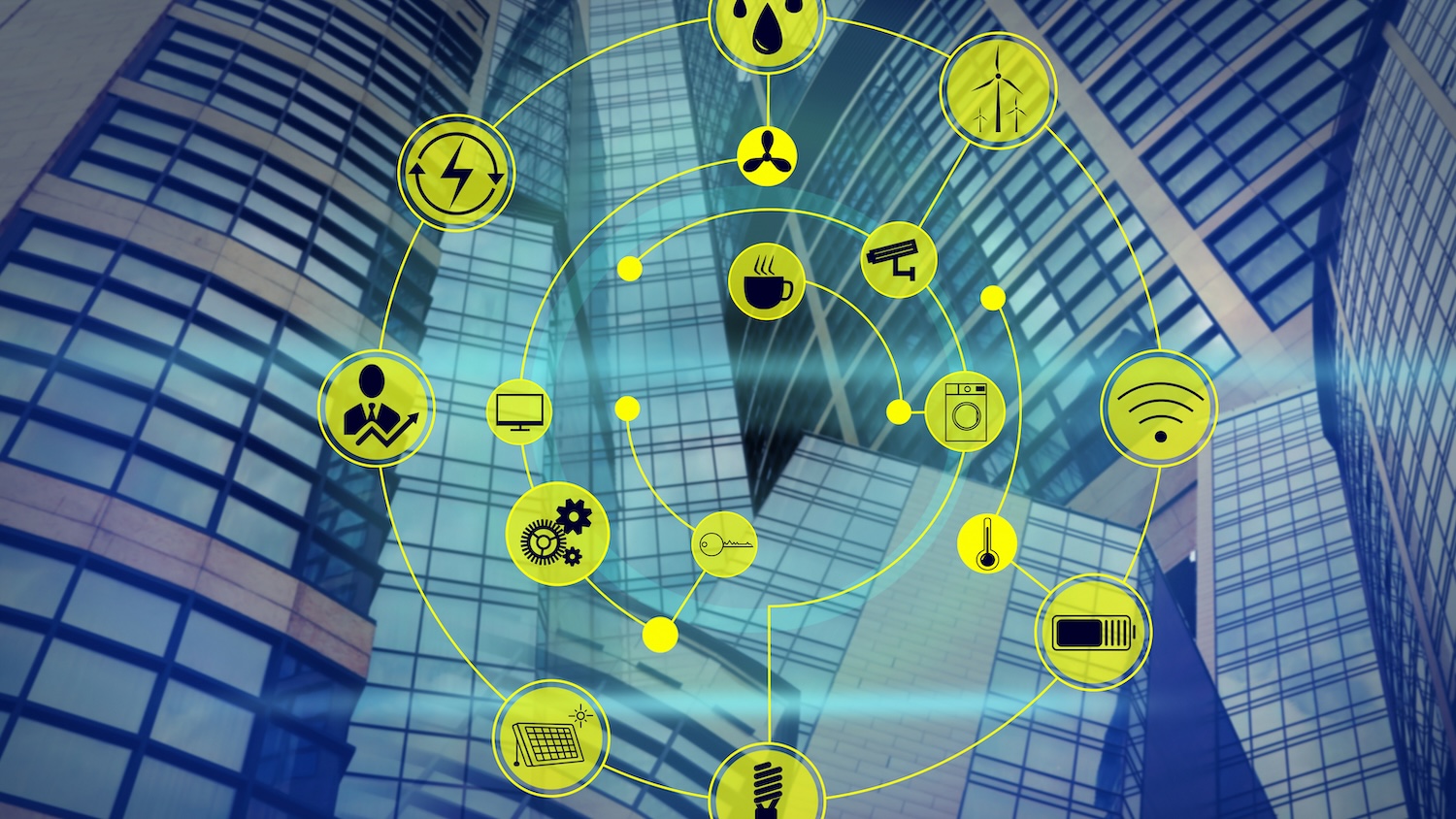
The Future of Digital Construction Report 2025

Skills and HR issues, AI (both as a benefit and a threat), data and sustainability were the main concerns about the future among Digital Construction Week (DCW) attendees. Read DC+‘s exclusive analysis of the attendees’ hopes and fears, in association with MCS Rental Software.

As part of DCW’s 10th anniversary, attendees were encouraged to future-gaze by writing their hopes (and fears) on the Crystal Wall.
The Crystal Wall posed three questions:
- What challenge should the industry solve in the next 10 years?
- What’s the next big innovation for the built environment?
- What will the industry look like in 2035?
The Crystal Wall was a hit with DCW attendees: nearly 140 digital construction professionals wrote their answers on the wall. Not all messages were on topic (although we support the attendees who asked for world peace and better coffee), but the vast majority of the answers highlight an energised and engaged sector that understands how it can change the wider built environment for the better.
To access this exclusive content, please fill in the form below.
DCW tasked DC+ with analysing the responses: we have done so by taking each of the three questions in turn. We have also taken the liberty of asking a quartet of digital construction professionals to answer the questions.
Future-gazing: Paul Drayton of Laing O'Rourke
What challenge should the industry solve in the next 10 years?
We must improve digital literacy. It’s crucial to raise awareness of the available tools, understand how they can help, and build confidence in using them. This requires comprehensive education throughout our careers, beginning with integrating digital literacy into education syllabuses and ensuring all organisational levels have access to appropriate training.
What’s the next big innovation for the built environment?
An integrated end-to-end process encompassing design, manufacture, procurement, construction, commissioning and handover: this approach will reduce handoffs, enhance automation, and eliminate substantial amounts of work, all accelerated by AI’s capabilities.
What will the industry look like in 2035?
Embracing MMC and DfMA will dramatically improve safety, quality and working conditions while mitigating delivery risks. The pace of project completion will be astonishing.
The next challenge

Nearly half of the comments written on the Crystal Wall addressed the first question of what challenge should be addressed in the next 10 years.
Skills and HR issues accounted for nearly a third of all the answers to that question. Some answers were more targeted than others; one attendee wrote: “Teach university students what they actually need to know.” Another called for “more accessible apprenticeships to close the skills gap”.
One attendee called for the gender pay gap (evidenced by last year’s Women in BIM Digital Construction Global Work Survey) to be addressed while another highlighted the need to tackle talent retention by focusing on women after raising families.
The lack of clearly defined roles, job titles and career paths in digital construction led one attendee to plea for career growth to be addressed “when we don’t know what jobs will look like”.
Future-gazing: Brett King of Procore
What challenge should the industry solve in the next 10 years?
Closing the gap between knowing and doing. We already have the tech, data and regs to build safer, greener, more efficient projects, but adoption is patchy. Make doing the right thing the easiest thing, from site to C-suite.
What’s the next big innovation for the built environment?
The jobs our children – and their children – will do don’t exist yet. They’ll drive innovation by how they use tools, tech and data. The real leap will be killing silos so those tools talk to each other and decisions flow seamlessly across the lifecycle.
What will the industry look like in 2035?
More connected, more accountable and truly data-driven – with every asset carrying a living digital record from day one. Leaders will be those who embrace transparency and collaboration, not just tech.
One attendee, clearly having had enough of pushing water uphill with higher-ranking colleagues, called for the education of senior management.
Another attendee had a particular beef with architects: “Teach architects about data or all the innovation will be wasted.”
Data and sustainability were the next most common themes among answers to the first question. Attendees want the industry to simply get on and start sharing data and managing big data. One attendee called for the standardisation of data to use for operations and facilities management.
Among sustainability topics, two attendees called for the industry to focus on circular construction, while another called for “true net zero, not just offsetting”.
It’s no surprise that AI was also a popular topic, but comments weren’t entirely in its favour. One attendee warned of the “AI takeover".
Another more positive attendee wrote: “Achieve the human-AI symbiosis to improve safety, efficiency and collaboration.”

Future-gazing: Michelle Zompi of RLB Digital
What challenge should the industry solve in the next 10 years?
Consistency: let us start to talk as one. The industry is so disparate with so many conflicting standards, classification systems, ontologies: we need to get aligned! This will help us create a market driven by actual tangible needs of our asset owners rather than the wants and assumptions of software vendors. We can stop being told what we need, instead we should tell what we need.
What’s the next big innovation for the built environment?
I see it being about a new approach to technology and how we use it to facilitate the things we do. Holistic construction: the way it all works together, connected systems and software, streamlining work throughout an asset’s lifecycle, including how we create a circular economy through decommissioning and deconstruction. Maybe a central materials catalogue for sustainable sourcing and reusing of materials, with incentives for use.
What will the industry look like in 2035?
Busy as ever, but possibly not hugely different on the face of it. We will still be building core infrastructure, but more aligned to our sustainability goals. We may approach some of that infrastructure differently, so autonomous-driving-only roads. The biggest difference will be the shift to a client-driven approach as more and more owners become strategic in how they want to collate and control their data and their information.
The big innovation
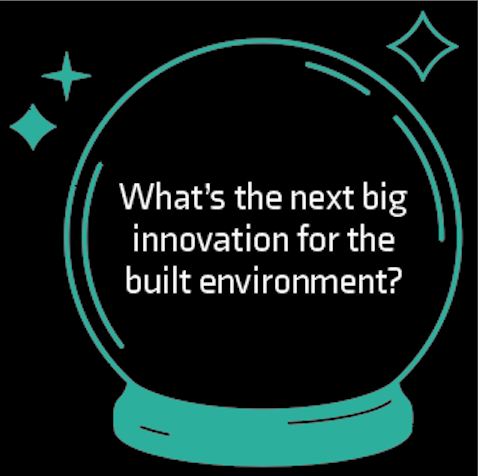
A quarter of the answers to the second question – the next big innovation – inevitably focused on AI. One attendee proposed “AI-led structural design”, while another suggested “automatic model validation with AI”.
AI was mentioned in combination with other technologies and processes, for example: “BIM+IoT+AI = digital twin - [this] leads to better design and better data management and utilisation.”
As with the first question on the Crystal Wall, there were answers to the second question that warned against AI. One attendee wrote: “AI will take people’s jobs.”
Sustainability-related topics were also popular here, with attendees proposing “integrated renewable energy”, “low-carbon emission materials”, and “net zero buildings”.
IoT was identified by several attendees; one wrote: “IoT that empowers users not just facility managers.”
While one attendee put forward automated operations as the next big innovation, another highlighted the following development: “Putting humans back into digital; models must develop so they can be human-centred in their approach to design and safety. Where are people in BIM models?”
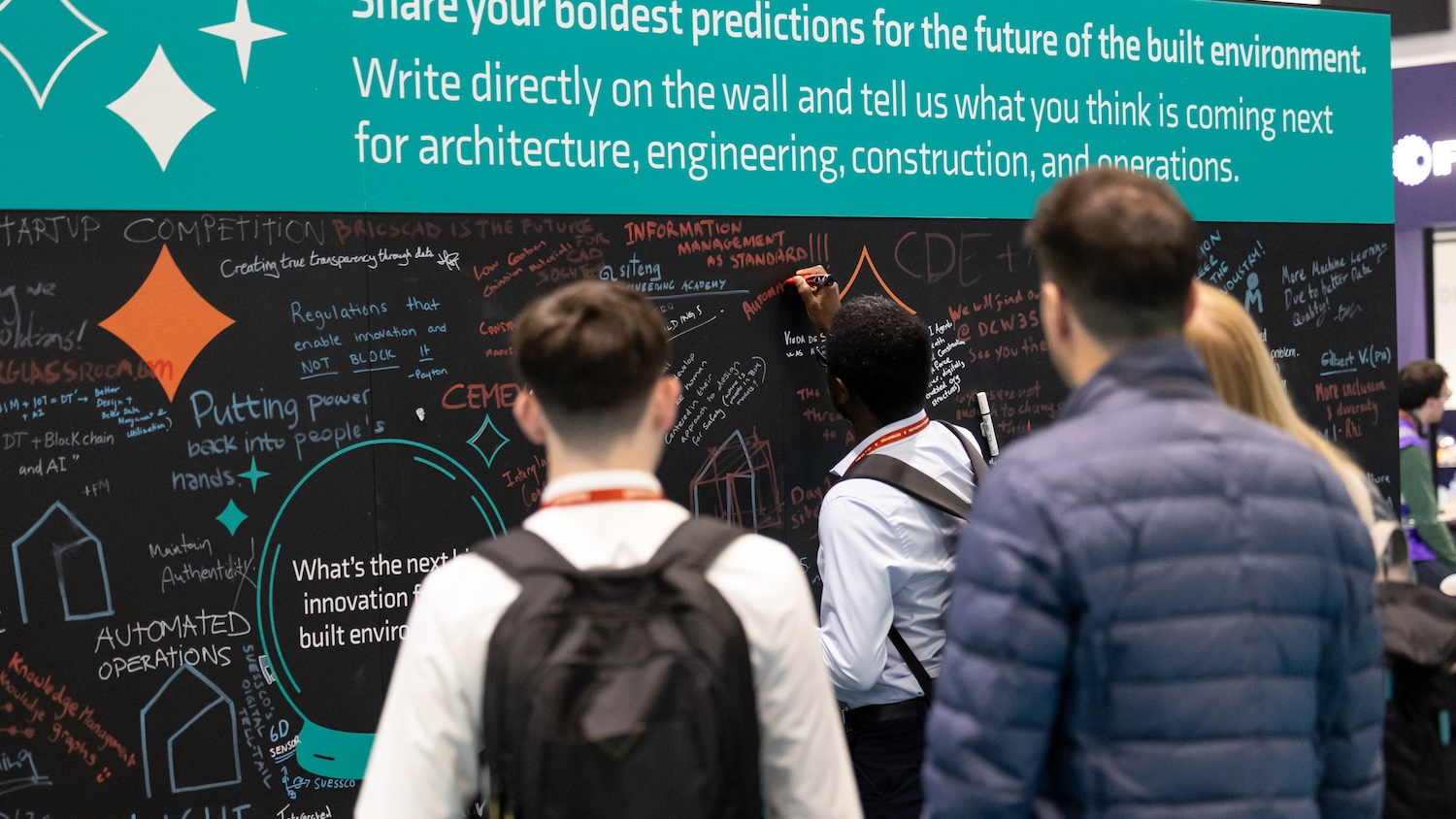
Future-gazing: Nick Thomson of MCS Rental Software
What challenge should the industry solve in the next 10 years?
Closing the productivity gap. Construction and rental still lag behind other industries in efficiency, largely due to fragmented data and outdated processes. The challenge is as much cultural as it is technical, moving from manual, reactive ways of working to collaborative, AI-driven decision-making. By embedding real-time insights into everyday operations, we can deliver projects faster, safer and more sustainably.
What’s the next big innovation for the built environment?
AI: by embedding AI-driven tools across construction and rental operations, businesses can shift from guesswork to evidence-based decisions. AI-powered search on the construction site will give teams instant answers, advanced analytics will highlight performance trends, and predictive maintenance will keep assets in peak condition. With AI-enhanced reporting and telematics, businesses will gain real-time visibility into utilisation, costs and carbon impact. This isn’t just a tech upgrade, it’s a strategic shift that will future-proof the industry and redefine how we design, build and operate.
What will the industry look like in 2035?
Hyper-connected, low-carbon and surprisingly creative. AI will be embedded in most operations, from the equipment fleet to project planning, which will eliminate inefficiencies, while humans focus on innovation, design and relationships. Projects will be circular by default, with materials tracked and reused endlessly. Think less “hard hats and paperwork”, more “headsets and collaboration”.
The industry in 2035
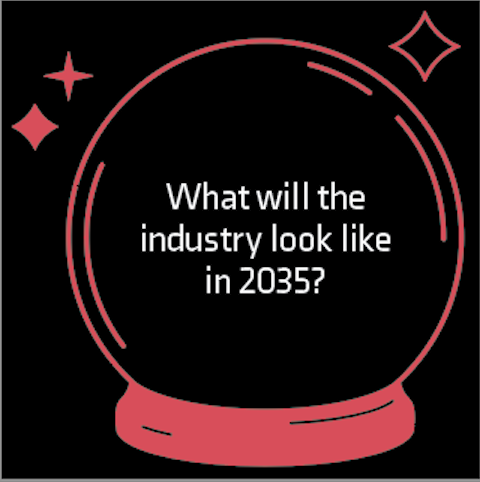
AI was also the most popular theme among answers to the third question of how the industry will look in 2035. One attendee forecast “more AI, less human activity”, while another dug deeper: “Individual AI agents working beneath an AI-enabled construction workforce.” Another attendee suggested: “More machine learning due to better data quality.”
One attendee forecast “more women in construction”, while another wrote: “BIM will just be the norm.”
“Every building has a digital twin from day one,” suggested one attendee. Another forecast more automation, making the industry more pro-active and more efficient.
Some attendees focused on well-worn industry issues; “no more disputes,” wrote one very hopeful attendee, while another suggested: “We finally fixed the procurement problem.”
Some attendees regarded the future with resignation; “same with a bit more evolution,” wrote one attendee, while another bemoaned: “10 years is still not enough to change this industry.”
It’s intriguing to note that information management was the direct focus of just two comments overall – as many as construction in space. And the golden thread was mentioned just once, although compellingly so: “The golden thread will apply to all buildings.”
DCW will take place again next year at Excel London on 3-4 June.
Additional research by Maisie Smith.
Keep up to date with DC+: sign up for the midweek newsletter.
Latest articles in In Depth

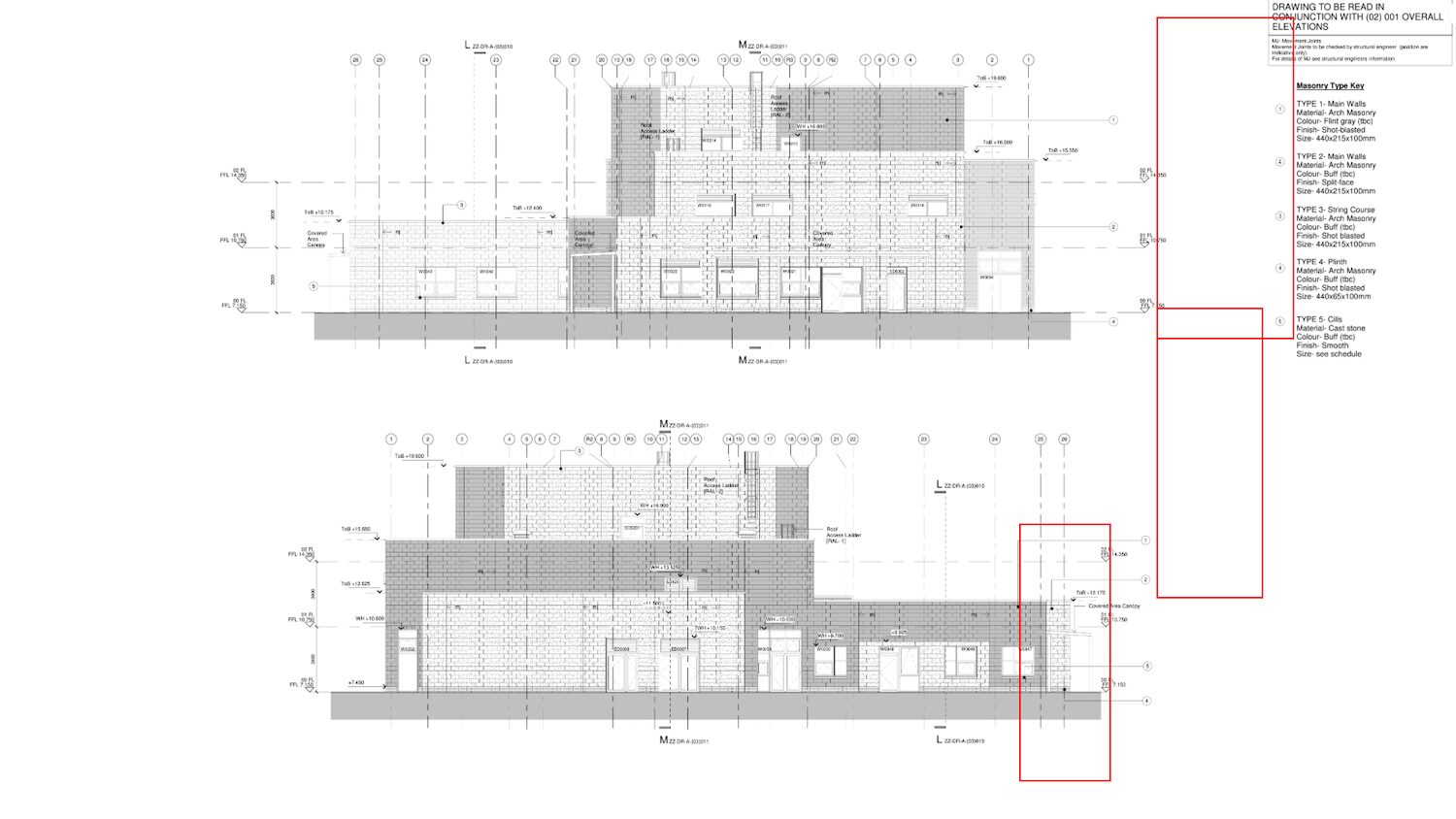
Ian Yeo: tackling digital transformation again after exiting Operance
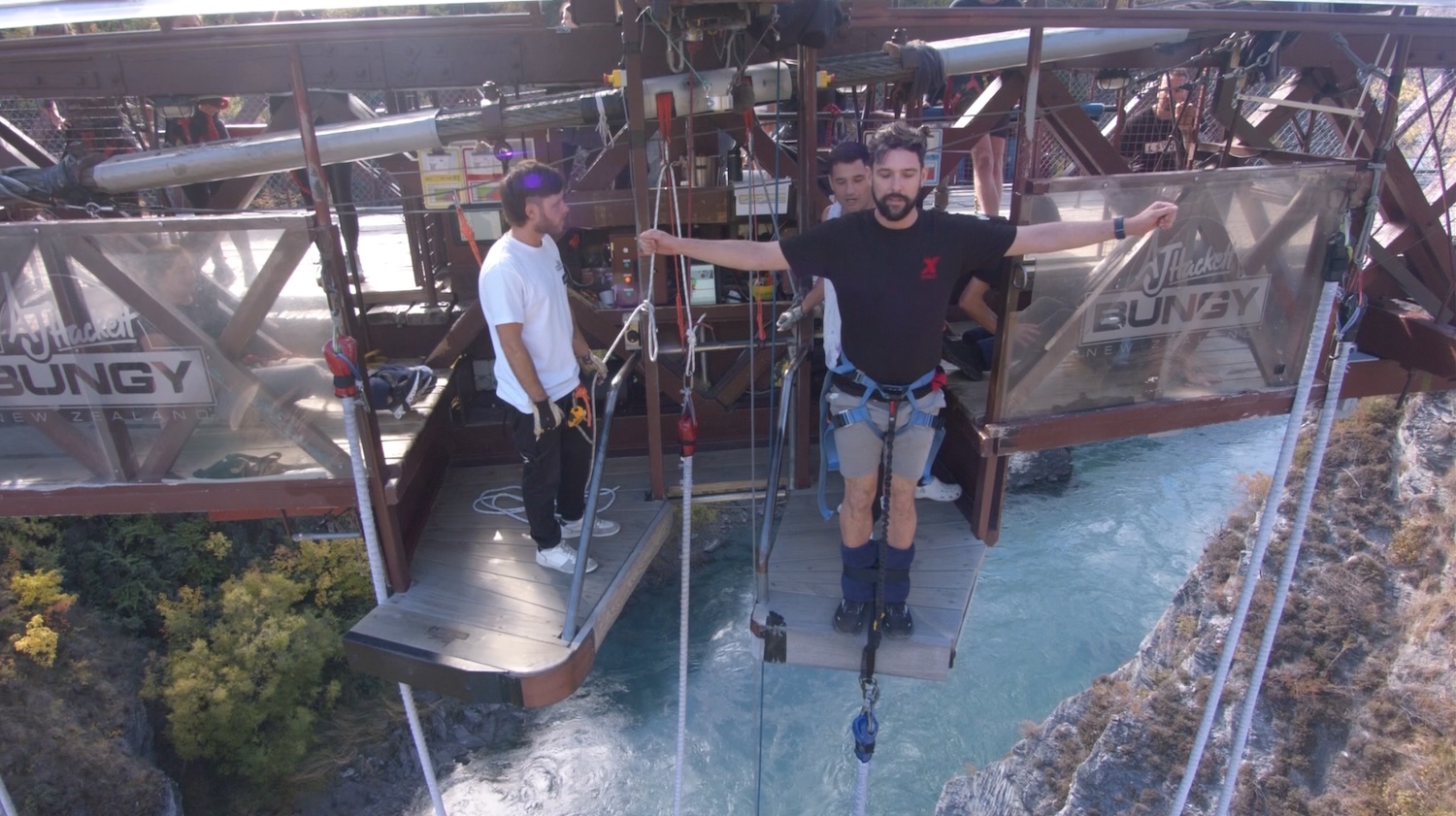
Neil Thompson: starting over in New Zealand
